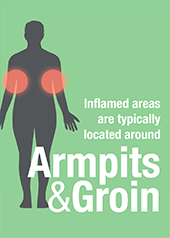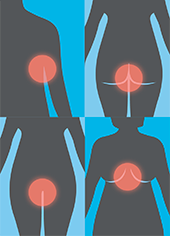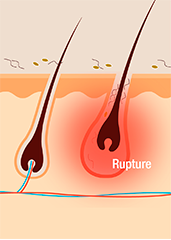We use cookies on this website.
We use cookies on this Web site. A “cookie” is a file our webserver may send to your computer when you access a website. By using this site, you agree that we may store and access cookies on your device. For more information, please refer to our Privacy Policy.





